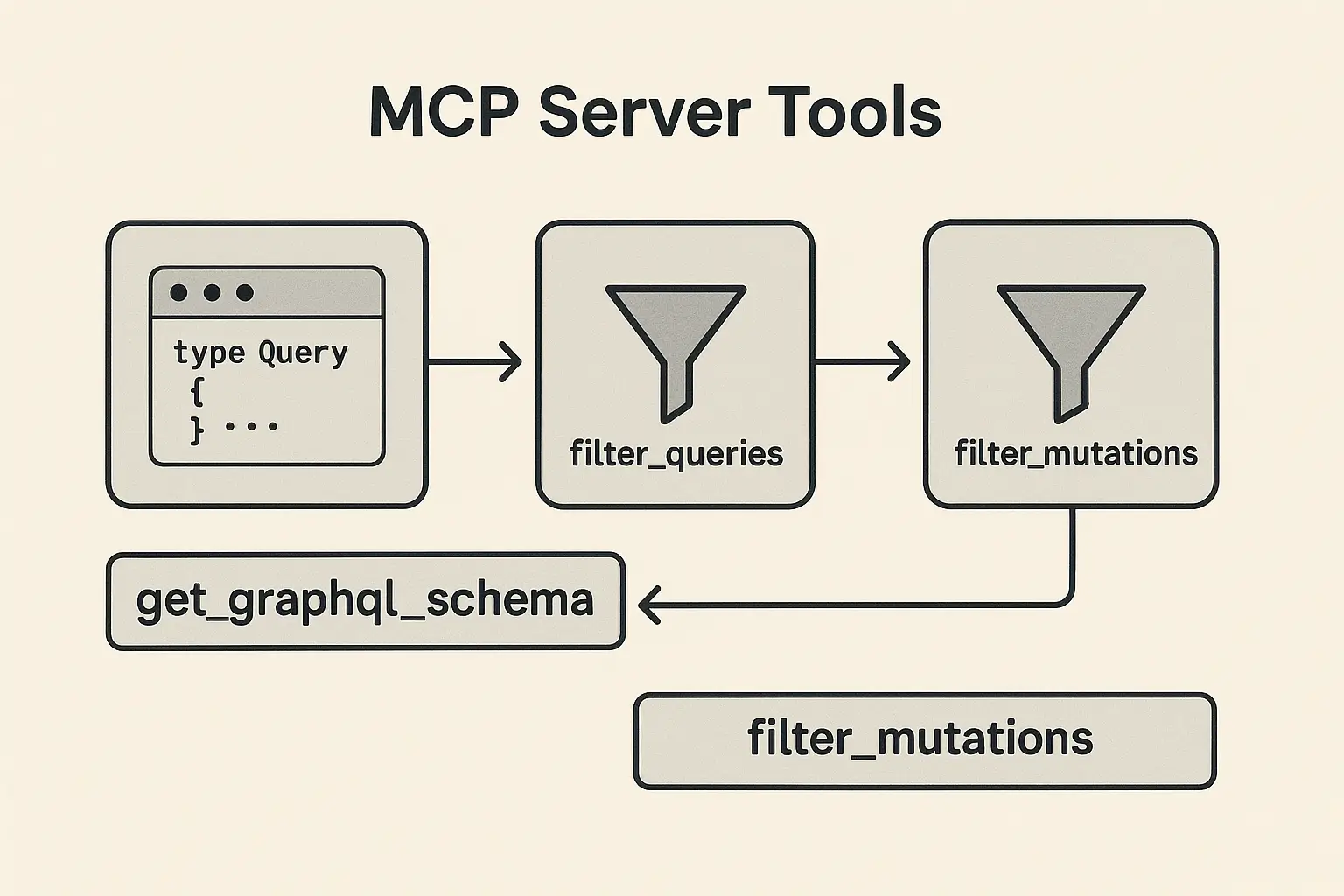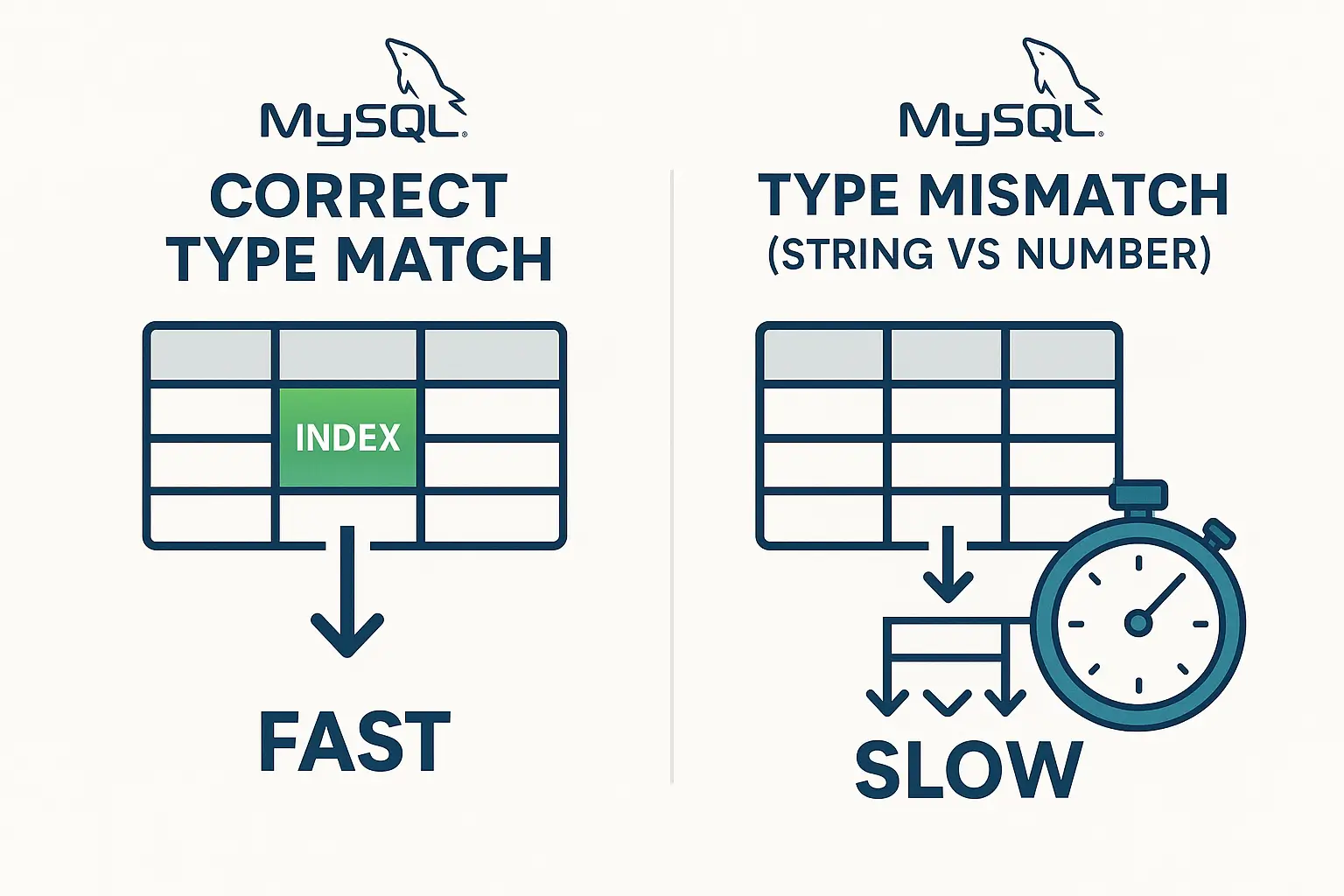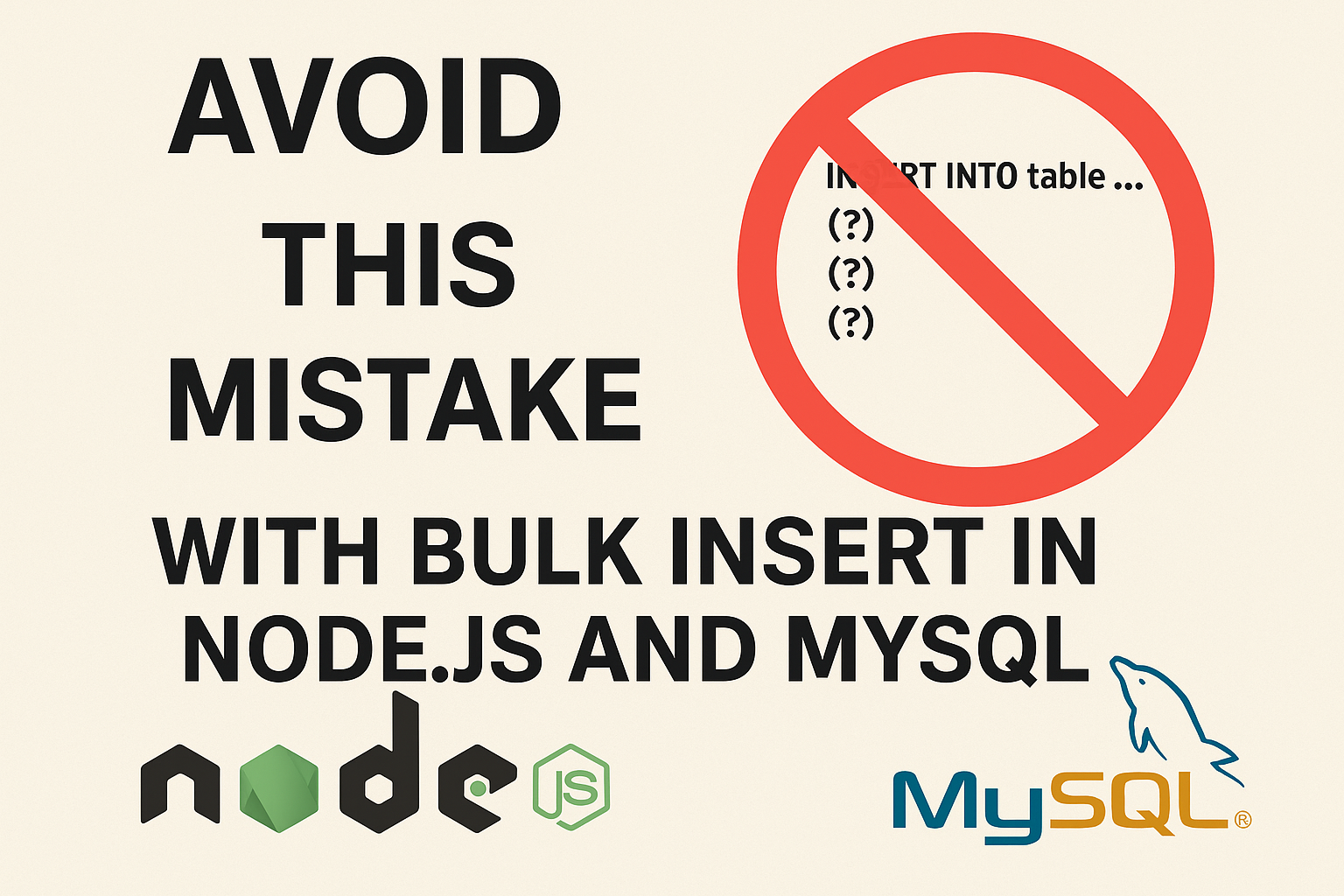Dead-Letter Queue (DLQ) in Amazon Simple Queue Service (SQS)
A Dead-Letter Queue (DLQ) in Amazon Simple Queue Service (SQS) is a special type of queue that stores messages that cannot be successfully processed by a consumer application. DLQs are used to isolate and troubleshoot problematic messages that could cause issues in your processing pipeline.
How Dead-Letter Queues Work

- Message Retention: In SQS, when a consumer fails to process a message after a certain number of attempts (known as the “Maximum Receives” threshold), that message is automatically moved to the Dead-Letter Queue instead of being deleted or retained in the original queue. This allows developers to examine and debug the message later without it causing further disruptions in the system.
- Message Processing: A DLQ is typically used in conjunction with a primary SQS queue. When setting up an SQS queue, you can configure a DLQ and specify the “Maximum Receives” limit. If a message is received more times than this limit without being successfully processed, it is automatically sent to the DLQ.
- Troubleshooting: Once messages are in the DLQ, you can analyze them to determine why they failed. This might involve looking at malformed data, processing errors, or any other issue that caused the failure. After troubleshooting, you can either delete the message or move it back to the main queue for reprocessing.
Use Cases for Dead-Letter Queues
- Error Handling: DLQs are commonly used to handle errors in message processing without losing the messages. By isolating failed messages, you can ensure that the rest of the system continues to operate smoothly while you investigate the problem.
- Retries and Failures: In scenarios where you want to limit the number of retries for a message, DLQs allow you to set a cap on the number of attempts. If a message exceeds the retry limit, it is moved to the DLQ for manual inspection.
- Data Integrity: DLQs help maintain data integrity by ensuring that messages that cause issues are not lost. This is particularly important in systems where data loss could lead to significant problems.
- Monitoring and Alerts: You can set up monitoring and alerts on the DLQ to notify your team when messages start accumulating. This can be a sign of a systemic issue that needs immediate attention.
Key Features
- Integration: DLQs can be used with both standard and FIFO (First-In-First-Out) queues in SQS.
- Visibility: Messages in a DLQ are not automatically processed, so you have full control over when and how they are reviewed.
- Cost: While there is no additional cost for using a DLQ itself, you will incur standard SQS costs for storing and retrieving messages from the DLQ.
Example Scenario
Imagine you have an e-commerce application that processes order requests through an SQS queue. If a particular order message contains corrupted data and fails to process correctly, it might get retried several times. Instead of endlessly retrying and possibly clogging the queue, after the defined “Maximum Receives” limit, the message is moved to a DLQ. Your operations team can then examine this failed order, fix the issue, and reprocess it if needed.
Conclusion
A Dead-Letter Queue in AWS SQS is an essential feature for building resilient, fault-tolerant distributed systems. It provides a safety net for unprocessable messages, allowing you to address issues without impacting the overall performance and reliability of your application. By configuring and monitoring DLQs, you can improve error handling, ensure data integrity, and maintain smooth operations in your message-driven architectures.
https://docs.aws.amazon.com/





